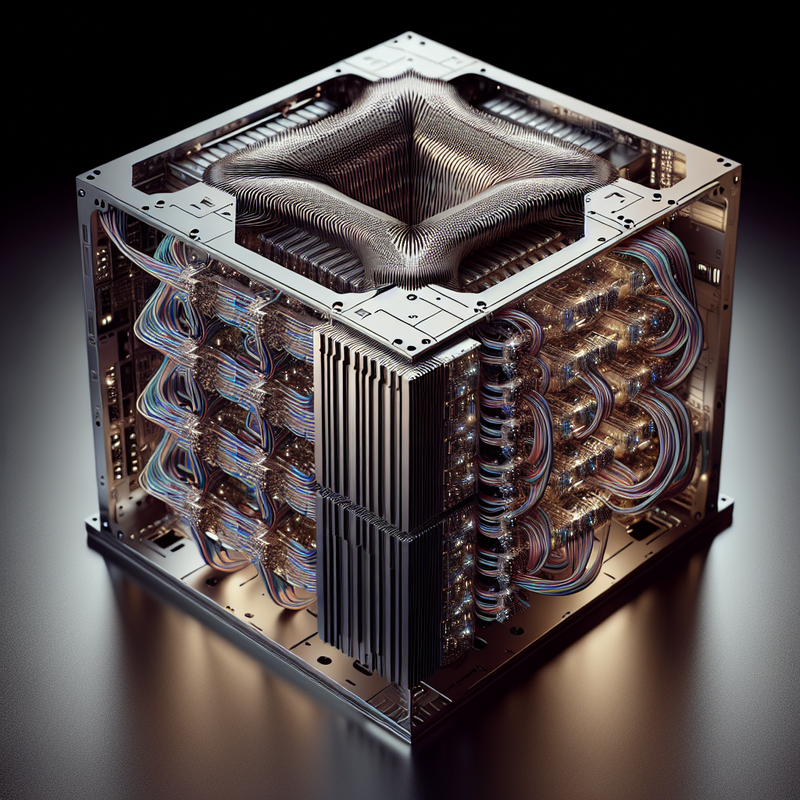IBM Reveals Groundbreaking Quantum Computer Endeavor: The Starling System
IBM has revealed a groundbreaking endeavor aimed at constructing a highly advanced quantum computer, which has been named the IBM Starling. This cutting-edge system is predicted to surpass the capabilities of current top-tier quantum computers by a remarkable 20,000 times by the year 2029.
IBM indicates that simulating the Starling’s processing capabilities would require a collective memory surpassing the sum total of a quindecillion (10^48) of the most sophisticated supercomputers available today. This venture signifies IBM’s dedication to becoming a frontrunner in the quantum computing arena, as they strive to achieve ‘quantum advantage’—a crucial juncture at which quantum computers will outshine traditional computers in solving practical problems.
Strategic Plan of Quantum Computer Developments
As IBM gears up for the expected launch of the Starling quantum computer by 2029, it has laid out a strategic plan with a series of milestones for quantum computing developments. Commencing later this year, the unveiling of the IBM Quantum Loon is set to reveal early indications of quantum advantage through its pioneering quantum low-density parity check (qLDPC) code.
After the introduction of Quantum Loon, IBM’s agenda includes the roll-out of the Quantum Kookaburra. This device will feature a modular processor architecture geared towards the retention and manipulation of encoded quantum information. Following this, the Quantum Cockatoo is set to make its debut in 2027, with an aim to experiment with interlinking quantum chips as nodes in a larger system, thus establishing the foundation for scalable, fault-tolerant computing architectures.
Future Prospects of the Starling System
Arvind Krishna, the Chairman and CEO of IBM, has lauded the prospects of the Starling system, mentioning that it will efficiently conduct “100 million quantum computations utilizing 200 logical qubits.” He further emphasized its capability to address pressing real-world problems and unleash vast potential across various sectors such as drug discovery, material innovation, chemistry, and complex optimization tasks.
Continuation of IBM’s Quantum Computing Innovation
However, the narrative of IBM’s quantum computing innovation doesn’t terminate with Starling. Moving beyond that milestone, the roadmap continues to the Blue Jay—a second-generation fault-tolerant quantum computing ISA, envisaged to scale up to staggering numbers with 1 billion gates and 2,000 logical qubits, targeting a post-2033 timeframe for its emergence.
The quantum computing industry is replete with competition, with tech heavyweights like Google vying for supremacy. IBM has been a vocal challenger to Google’s early claims of achieving quantum supremacy in 2019. With the advancement timeline set for IBM Starling and its subsequent generation of quantum computers, the industry is watching eagerly to discern who will take the lead in the quantum computing revolution.
























